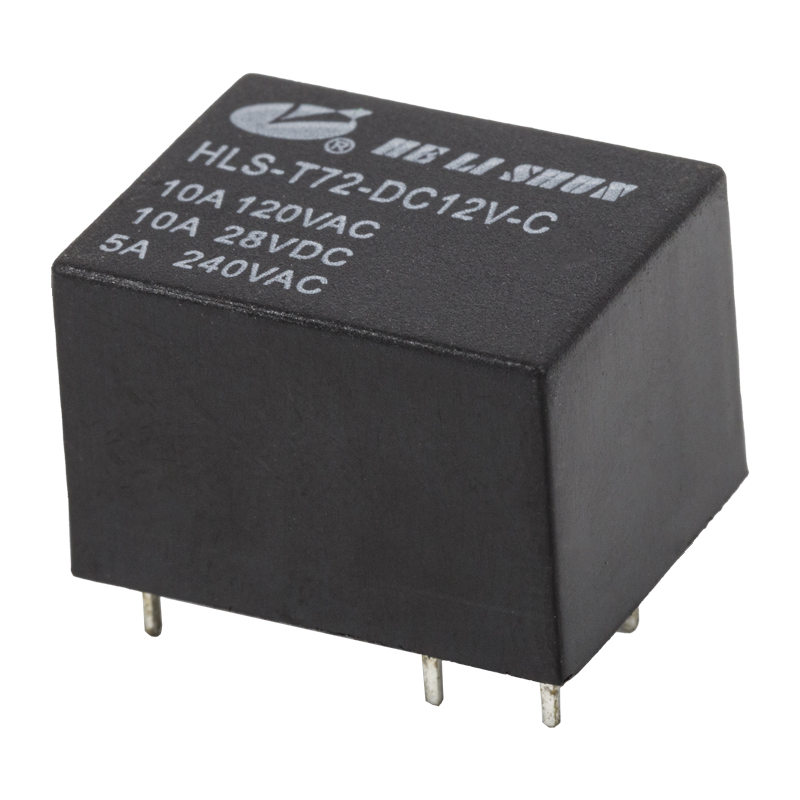Relay socket bases play a vital role in industrial automation systems by providing a reliable and standardized way to connect and protect electromechanical relays. These components are the basis for relay operation and are very important in the context of industrial automation for several reasons:
Relay socket bases provide a stable and standardized interface for connecting relays. This ensures relays can be easily replaced or upgraded without the need for rewiring or custom connections, saving time and reducing the risk of errors.
Relay socket bases often include features such as electrical isolation and isolation straps to help prevent electrical interference, short circuits, and other electrical problems. This is critical in industrial environments where electromagnetic interference and electrical noise are common.
Using a socket base makes it easier to replace a faulty relay without interrupting the entire control system. This ease of maintenance helps reduce downtime and minimize production losses in industrial automation applications.
Relay socket bases are designed to accommodate a variety of relay types and configurations, making them versatile and compatible with different control systems. This versatility and compatibility is critical in industrial automation, where a variety of devices and components may be used.
The socket base provides mechanical support and protection for delicate relay components, ensuring they are not subject to undue stress or damage during operation or maintenance.
Outlet bases often include labeling and marking options to help technicians more easily identify and troubleshoot relays. This tag is particularly useful for complex automation systems with large numbers of relays.
In summary, a reliable relay socket base is an essential component of an industrial automation system. They provide a safe, standardized and versatile connection interface for relays, providing electrical isolation, safety functions and easy maintenance. By using these foundations, industries can ensure the robustness and efficiency of their automation systems while minimizing downtime and maintenance costs.




 English
English 中文简体
中文简体















